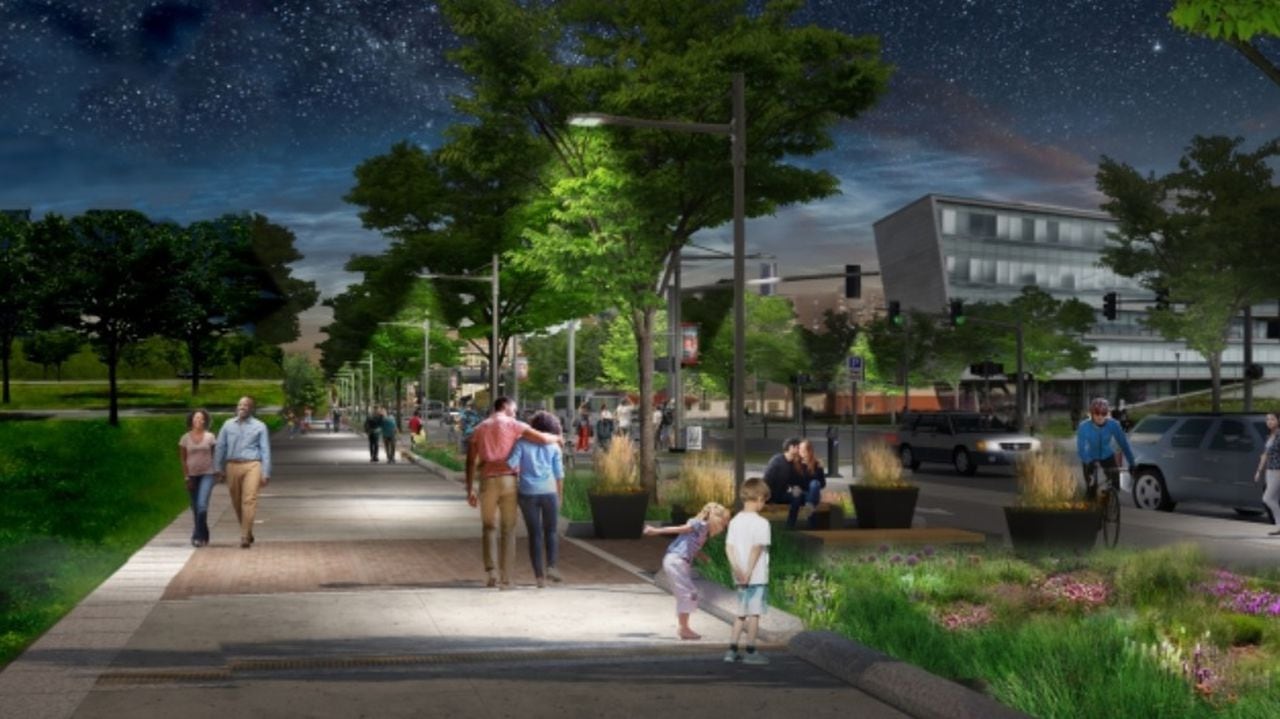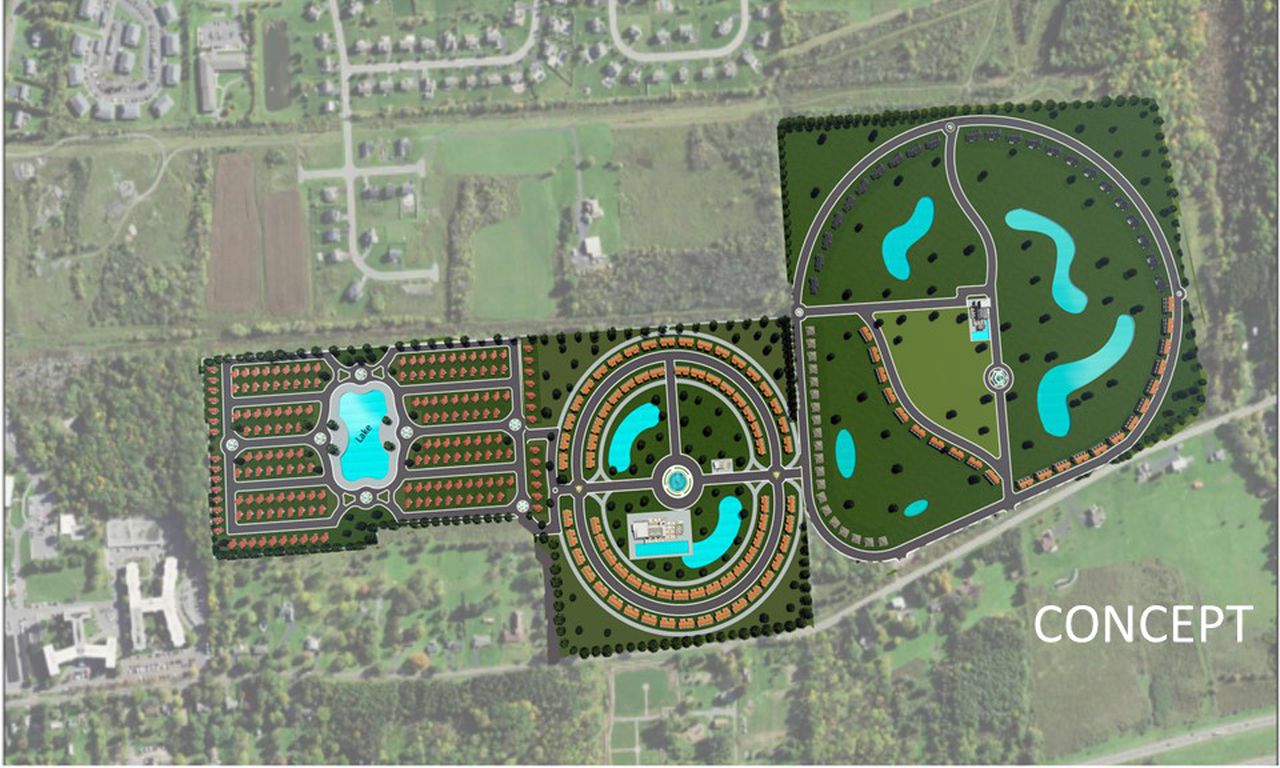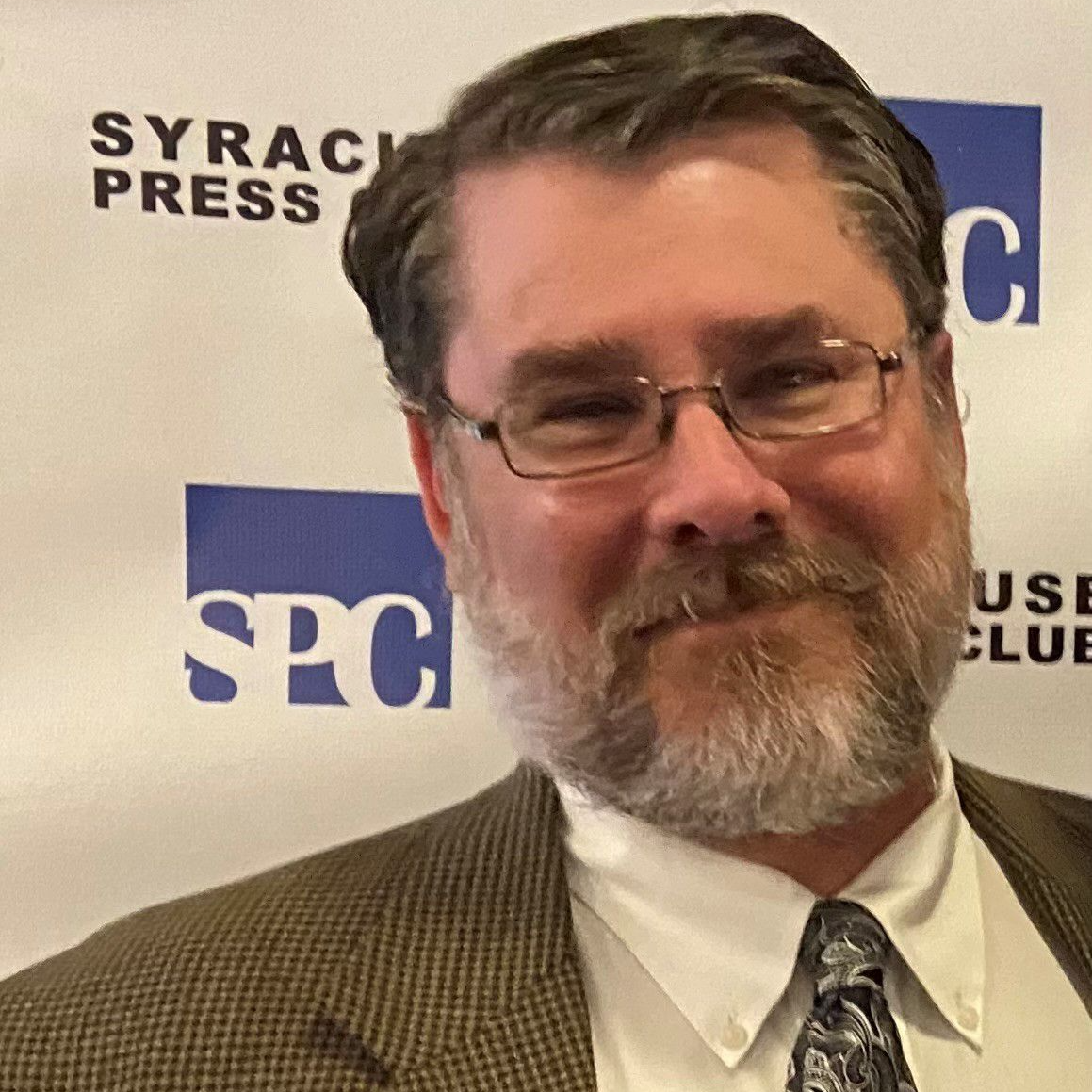Syracuse, N.Y. – Mayor Ben Walsh will devote a significant part of his State of the City address tonight on the city’s efforts to address an affordable housing shortage, including announcements of two major projects that would create nearly 600 residences.
Walsh will announce recent plans for a 14-story, 300-unit apartment building on the city’s Near East Side and a 270-unit planned development at a former golf course on the city’s southeast corner.
The projects represent a large chunk of what the mayor is calling a “housing promise,” saying at least 2,500 new housing units will be completed or underway by the time his second, and final, term ends in 2025.
“I thought it was important to plant a flag in the ground and … set a goal that is going to require us to push ourselves really hard for the remaining two years of this administration,” Walsh told syracuse.com.
The high-rise apartment building, which Walsh believes is the first new residential tower proposed in the city in roughly 50 years, would be located at a former gas station lot at Almond and East Fayette streets. Developer Chris Geiger said he is submitting plans for the site with the state’s planned removal of the Interstate 81 viaduct in mind.
“We are very excited about 81 coming down,” he said. “A project of this magnitude wouldn’t work with how it is now, but we see this as being a thriving area in the next three to five years.”
A 1995 graduate of Syracuse University, Geiger has developed multiple apartment complexes in the University Hill area, including two around the corner from where the tower is proposed. He said this will be his first tower project, which he expects will cost more than $100 million to complete.
“I don’t think I’m ever going to quit developing in Syracuse,” he said. “It’s been good to me.”
While much of Geiger’s property in Syracuse is geared toward university students, he views the high-rise as more in line with what young professionals are seeking. He expects many residents will be employees of the planned Micron microchip campus in Clay. Those are people who want to live in a walkable neighborhood near a vibrant downtown.

Rendering of what Almond Street might look like after removal of the Interstate 81 viaduct and construction of the "Community Grid." (New York State Department of Transportation)New York State Department of Transportation
“They’ll be coming from places like Boston or Pittsburgh that have those things,” he said. “If I’m a 25-year-old young professional, I want to be where the restaurants and the bars are.”
Geiger is prepared to meet a new requirement in the city’s recently adopted ReZone plan governing land use in which 12% of large residential projects must provide affordable rental rates. The building itself will feature a variety of layouts and range from roughly 500-square-foot studio spaces to four-bedroom units with 1,300 square feet. He also wants to have commercial tenants on the first floor, and a parking garage on site.
The developer expects to seek tax breaks for the projects, mostly likely in the form of sales and property tax exemptions through the Syracuse Industrial Development Agency. “It just wouldn’t work any other way,” he said.
Geiger’s goal is to break ground in the fall and be open in 2027.
A completely different type of project is proposed at the former Lafayette Hills Country Club on Lafayette Road, which has been vacant since closing in 2013. A Texas-based real estate investment group bought the 160-acre site for $3.2 million in late 2022, a purchase driven completely by Micron’s announcement. That group, which is now called B3R Investments, has partnered with a California-based firm called KS Global, which has a track record of developing large planned communities around the country.

A site map shows how a proposed planned community would be laid out on the former Lafayette Hills Country Club in the city of Syracuse and town of Onondaga. The Syracuse portion of the project consists of the eastern and center sections. (Provided by KS Global)Provided by KS Global
Kassie Smith, KS Global’s founder, said the roughly $200 million project will be a new concept for the Syracuse area, with high-density housing units incorporated into a “lifestyle community” that will have amenities such as walking and biking trails, a man-made lake with kayak rentals, clubhouses with fitness centers and a pool, a golf course, dog parks, picnic areas and playgrounds.
“It’s very lifestyle driven,” she said, while noting that this would not be a gated community.
The project footprint includes land in the city and the town of Onondaga. The first phase, estimated at $48 million, will feature more than 60 single-family homes on Syracuse land adjacent to the Nob Hill Apartments complex. Those will feature quarter-acre lots ranging from 1,800 to 2,300 square feet. Smith hopes construction could get started in early summer with some of the first residents moving in by spring 2025. Those homes would price at about $380,000 to $400,000.
A future phase on Syracuse land would include a combination of 70 of the same type of single-family homes and 146 townhouse style homes with four units per structure. That format was previously not an option, but the city’s ReZone now allows it. The townhouse units, at 1,400 to 1,900 square feet, would be priced in the high $200,000 range.
In the town of Onondaga, 36 larger homes on one-acre lots built on a 9-hole golf course would price above $1 million.
The Syracuse full buildout could be completed by 2027, Smith said. She said the company explores all options for government support, including tax breaks and grants, for all of its projects and is still researching options for this project.
Smith, who planned to travel across the country to be at the mayor’s speech, grew up in western New York. She said having a chance to work on this type of development in an area not far from her hometown is exciting.
“It’s going to be a beautiful community,” she said.
Walsh said the high-rise proposal and the planned development community confirm that Syracuse is capitalizing on the opportunities that are coming from the I-81 and Micron projects.
“As this region grows, we want to be the center of growth,” he said. “The reality is some communities, as we know, don’t want to see new development, they don’t want to see new houses. So we want to set ourselves apart, and make sure that we’re on the radar of developers near and far to say that we are ready and willing to grow.”
While celebrating those project announcement, the mayor also will acknowledge the significant housing problems facing the city. A detailed housing market study concluded that the cost to catch up on deferred maintenance in the housing stock while keeping housing affordable is as much as $1.5 billion.
A key in dealing with that challenge, city officials said this week, is finding ways to help invest in housing improvements in what they call “bridge” or “buffer” neighborhoods, where poverty is present but not at levels that qualify for traditional state and federal assistance.
“There’s an opportunity cost of doing nothing in some of these buffer neighborhoods,” said Michelle Sczpanski, the city’s deputy commissioner of neighborhood development. “If we are to continue to let them to go, left up to their own devices, we can’t be convinced that they’re going to be successful. And so that’s kind of the shift that we’re taking is we need to make sure that those neighborhoods have the resources that they need to be able to be successful.”
Deputy Mayor Sharon Owens said the housing study, along with a plan to address the problems identified and the establishment of a city housing trust corporation that will raise and distribute funds for projects, are all steps in the right direction for assisting those neighborhoods.
Owens also said the city will continue to crack down on irresponsible property owners.
“We got our hands raised and welcoming good development projects with good developers with good ideas for their projects,” she said. “On the flip side … (the code enforcement and legal departments) are really zoning in on those who are doing business in Syracuse and not providing quality, safe housing for our residents.”
The mayor’s annual address takes place at 5:30 p.m. at the City Center on South Salina Street.
City reporter Jeremy Boyer can be reached at jboyer@syracuse.com, (315) 657-5673, Twitter or Facebook.

Most Popular Stories by Jeremy Boyer
- Syracuse lawmakers approve new process for seizing tax-delinquent properties
- Syracuse seeks to push out convicted ‘slumlord’ who leaves trail of bad houses and unpaid taxes
- Nader Maroun, former Syracuse lawmaker, auditor, now working as city council aide
- Syracuse mayor touts recycling carts, housing, a new pedestrian trail and other 2024 goals
- Read the full text of Syracuse Mayor Ben Walsh’s State of the City address
